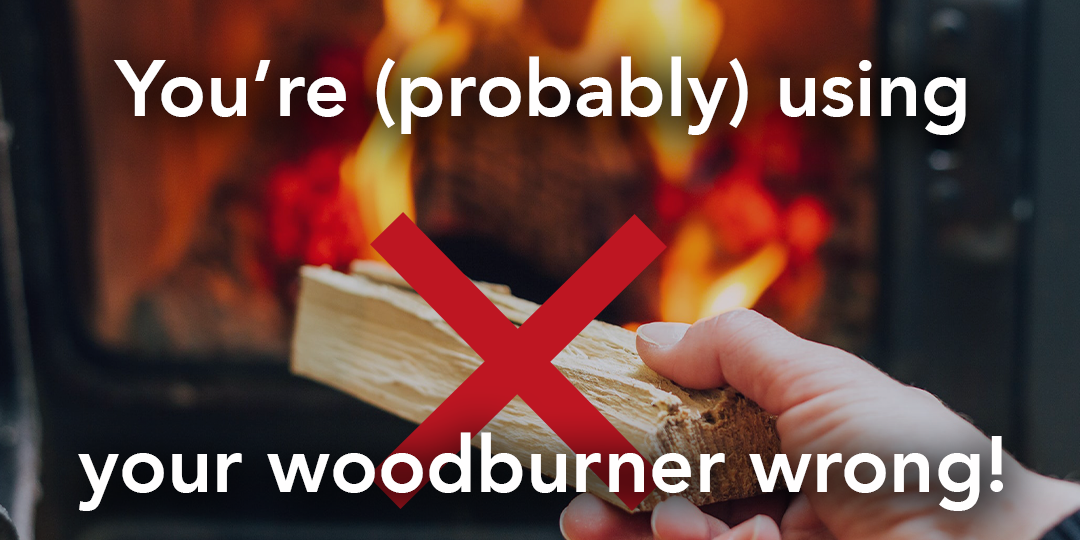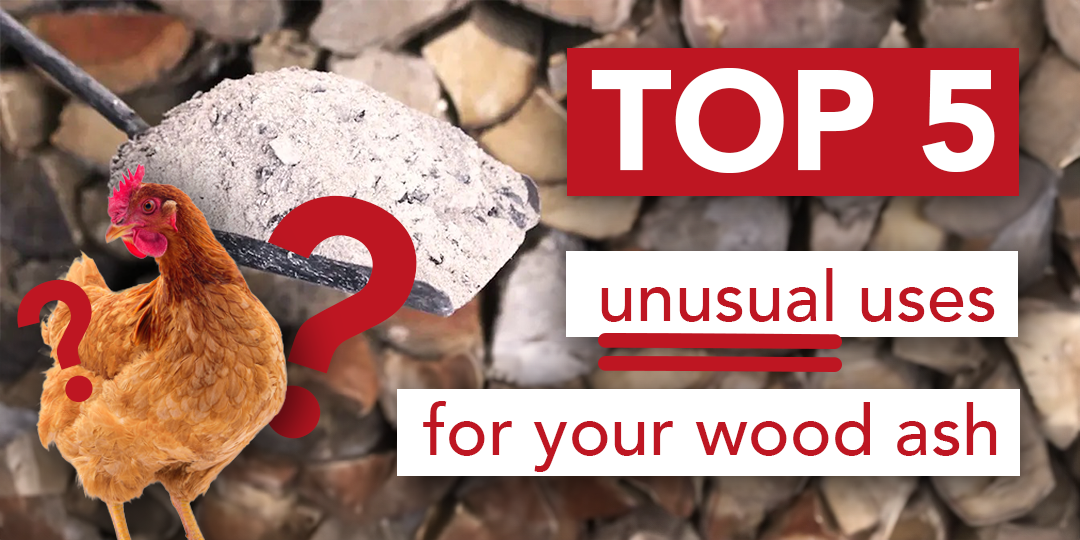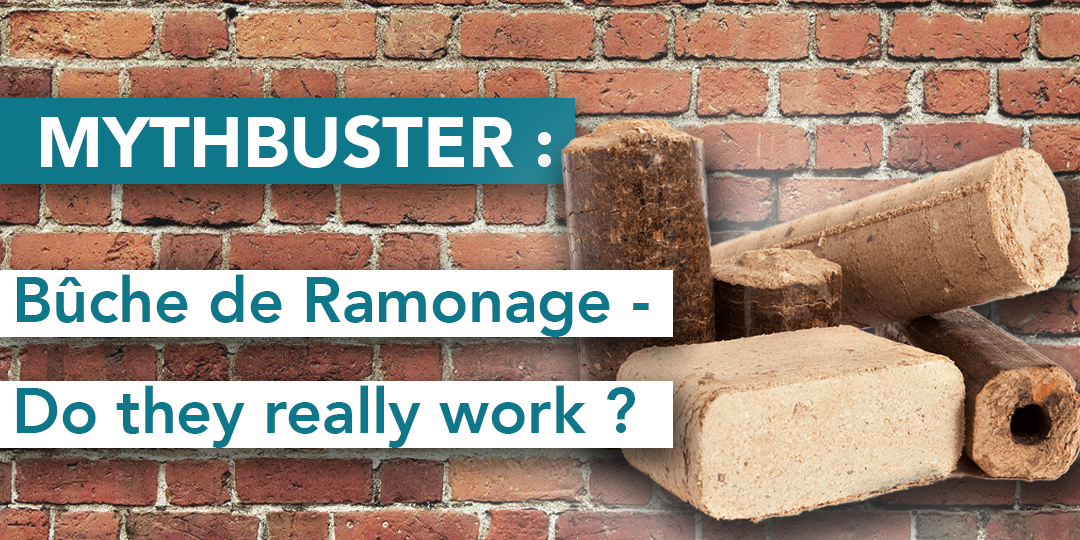The busy period for chimney sweeps (or “silly season,” as we call it) is from September through to Christmas. As the colder months approach, the demand for chimney sweeps skyrockets. October, in particular, is the busiest month, with homeowners rushing to get their chimneys cleaned and ready for the winter season. Many find themselves having to wait for an appointment if they leave it too late to book. But is the mass rush to book a chimney sweep in October really the best strategy? In this blog, we’ll explore whether the conventional wisdom holds true or if there’s a more optimal time of year to have your chimney swept.
How Often Does My Chimney Need to Be Swept?
In France, the law mandates that everyone burning solid fuels must legally have their chimney swept at least once every 12 months. Open fire users, on the other hand, are only required to keep their chimneys “well maintained.” However, regardless of the legal requirements, it’s crucial for homeowners to check their house insurance policy. Insurers often have specific requirements for chimney maintenance, and failing to adhere to these guidelines can leave you uncovered in the event of a chimney fire or related damage. Make sure you understand your insurer’s stipulations on how frequently your chimney needs to be swept to ensure you remain fully protected.
Winter
Sweeping your chimney in winter ensures it’s clean and safe during the peak usage period, reducing the risk of chimney fires. This is the time when any performance issues can be immediately addressed since the chimney is in regular use. However, the high demand for chimney sweeps during this season can result in longer wait times. Another significant downside is that users must have a period of non-usage to allow the stove to cool before the sweep appointment, which can be inconvenient for those who rely on it for heating.
| Pros | Cons |
| Ensures the chimney is clean during peak usage, reducing the risk of chimney fires. | Extremely high demand for chimney sweeps, leading to longer wait times and potentially higher prices. |
| Immediate feedback on chimney performance since it’s in regular use. | Requires a period of non-usage to allow the stove to cool before the sweep appointment, which can be inconvenient for those who rely on it for heating. |
Spring
Spring is an excellent time to sweep your chimney, as the demand for chimney sweeps is lower, making scheduling easier. Sweeping the chimney at the end of the heating season also removes all deposits from the flue, which can increase the life of the liner by eliminating the ‘corrosive slurry’ formed when the deposits left in your chimney react with the condensation of the summer. Additionally, it helps prevent the potential unpleasant chimney odours in summer, caused by the reversal of chimney draw when it’s hot outside. However, as the chimney is not in regular use during this period, there is less immediate feedback on its performance.
| Pros | Cons |
| Lower demand for chimney sweeps, meaning more availability and easier scheduling. | Less immediate feedback on chimney performance as it’s not in regular use. |
| Removes all deposits from the flue at the end of the heating season, as soon as possible, increasing the life of the liner by removing corrosive deposits. | |
| Prevents unpleasant chimney odours in summer, caused by the reversal of chimney draw when it’s hot outside. |
Summer
Summer offers the lowest demand period for chimney sweeping, making it the easiest time to schedule an appointment. The downside is that feedback on chimney performance is delayed until it’s used again in autumn.
| Pros | Cons |
| Lowest demand period, making it the easiest time to schedule an appointment. | Less immediate feedback on chimney performance as it’s not in regular use. |
| Removes all deposits from the flue during the non-use period, increasing the life of the liner by removing corrosive deposits. | |
| Prevents unpleasant chimney odours in summer, caused by the reversal of chimney draw when it’s hot outside. |
Autumn
Autumn is the most popular time for sweeping chimneys as it prepares the chimney right before the peak usage period, ensuring it’s clean and safe. For those worried about nests and pests, sweeping in autumn allows confirmation that the chimney is clear just before the usage period, though nests and pests are highly unlikely in our rural part of France. Moreover, homeowners typically hear any noises from animals in the chimney beforehand. However, the demand for chimney sweeps is extremely high during this period, leading to long wait times. The unpredictable nature of when temperatures drop can also leave users unable to use their fireplaces until they are swept, making scheduling crucial.
| Pros | Cons |
| Prepares the chimney right before the peak usage period, ensuring it’s clean and safe. | Extremely high demand, leading to long wait times and difficulty scheduling. |
| Immediate feedback on chimney performance as it’s starting to be used again. | The unpredictable nature of when temperatures drop can leave users unable to use their fireplaces until they are swept. |
| Allows confirmation that the chimney is clear of unlikely nests and pests just before the usage period. |
So, Which Season is Best?
Undoubtedly, the winter months present the most inconvenience for chimney sweeping, requiring stove downtime, which can be especially challenging for those reliant on their stove for heat. With proper planning, scheduling your chimney sweep in winter and the associated ‘down time’ of your stove when you need it most can often be avoided altogether.
Between Spring, Summer, and Autumn, each season offers its own advantages. Both Spring and Summer allow for easier scheduling, although with advance planning, Autumn appointments remain available until around July. While some find reassurance in ensuring their chimney is safe just before the burning season starts in Autumn, statistically, this precaution is often unnecessary.
Personally, I recommend scheduling chimney sweeping at the end of the burning season, right after the last fire. Deposits in the chimney, rich in sulphur, can react with moisture (from rain or condensation) to form corrosive sulphuric acid, potentially damaging the chimney liner or masonry. While summer months offer a quieter schedule and would be the most convenient for your sweep, removing this acidic residue in Spring not only extends the liner’s life but also eliminates odours from the flue before the humid summer.
What do you think of the different pros and cons of each season and what time of year will you choose to have your own chimney swept?





